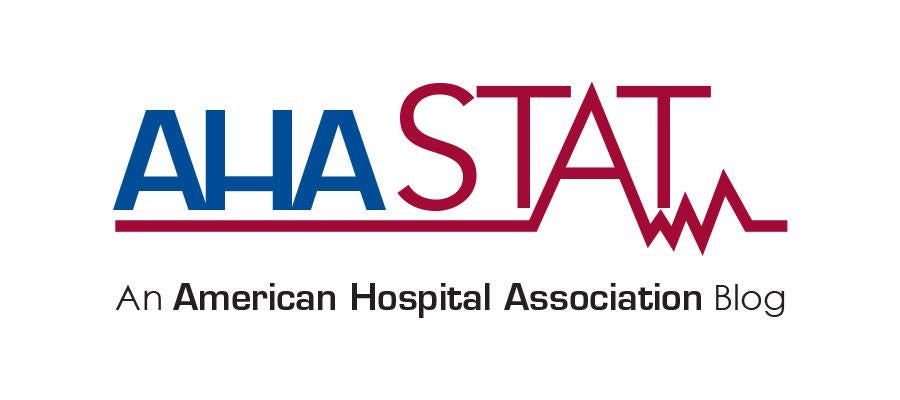MedPAC’s March Report Misses the Mark

Earlier this month the Medicare Payment Advisory Commission (MedPAC) released its annual March report on the commission’s recommendations for Fiscal Year 2024 Medicare payment updates. Some recent media articles have lazily used the report to suggest that “hospitals’ financial situations are not nearly as dire as industry groups are making them out to be.”
This view is one-sided, inaccurate and misleading. After years of once-in-a-lifetime events in the form of a global pandemic and record inflation, hospitals across the country are struggling to continue to fulfill their mission to care for their patients and communities.
Don’t take it just from us. Mike Chernew, MedPAC’s Chairman, stated “this is an unbelievably turbulent time,” and other Commissioners also recognized the continued and consistent pressures faced by the field. Preliminary data from MedPAC suggests that hospitals’ finances in 2022 likely will have declined from 2021. MedPAC has even acknowledged that Medicare has failed to pay the full cost of care since 2002, and margins are projected to remain below negative 10% in 2022.
The strain on hospital finances is reinforced with what other experts, such as Kaufman Hall, have found: 2022 was the worst year for hospital finances since the beginning of the pandemic, with more than half of all hospitals ending 2022 operating in the red. Credit rating agencies have widely agreed with this assessment. A record number of rural hospitals closed in 2022.
It is also important to realize that MedPAC’s report and data has limitations. MedPAC relies on cost reports to pinpoint a margin level for a specific calendar year. Yet cost reports are filed for hospitals’ own specific fiscal years, and because surges, relief payments, and eventual expense increases happened at different times for different hospitals, these calculated margins don’t necessarily provide a fully accurate picture of the financial reality in 2021.
The picture for hospitals in 2023 looks very different than 2021, when the hospital field was buoyed by strong investment returns due to robust financial markets and an infusion of urgently needed federal COVID-19 support in the wake of precipitous volume drops in the early days of the pandemic and the initial surges of COVID-19 patients. It’s critically important to recognize how severe the need was for that relief, and to acknowledge that those relief dollars were in part successful. The fact that massive numbers of hospitals are not currently closing due to financial pressures should be seen as positive for patients and communities. Instead, some observers seem to be disappointed that more hospitals are not failing financially.
Today, hospitals and health systems are continuing to provide care while under tremendous pressure from near historic inflation, rising expenses for drugs, supplies, and labor, and incredible workforce pressures.
MedPAC’s recommendation to Congress that hospitals and health systems receive a payment update higher than inflation (market basket plus 1%) is totally insufficient and out of touch with reality, given the rise in costs for hospitals. The increase is simply not enough for the many hospitals and health systems that are in distress and struggling to keep their doors open.
It is time for policymakers to acknowledge the financial challenges — and potential solutions — facing hospitals and health systems today. Too much is at stake for the patients and communities that depend upon hospitals and health systems to be there, ready to care.

